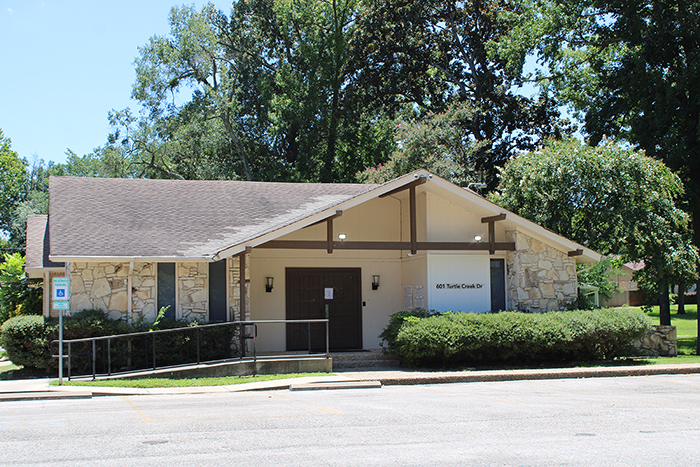Connecticut rides the ‘Laffer Curve’
Published 10:40 pm Thursday, February 12, 2015
As if we needed more evidence that “tax the rich” schemes backfire, the state of Connecticut is now begging its wealthy residents not to leave — and keeping a close watch on them if they stay.
“If you’re a billionaire living in Connecticut, chances are the tax department is keeping an eye on you,” the Associated Press reports. “In a state home to some of the richest Americans, tax officials go to some lengths to keep them — or, more accurately, keep the billions of dollars in revenue their income taxes generate.”
Trending
As Connecticut continues to raise its state income tax rates, it worries it will lose wealthy residents for more tax-friendly states.
“Two years ago, tax officials were alarmed that a super-rich hedge fund owner might leave and reduce the state’s income tax revenue,” AP explained. “They set up a meeting and urged the unidentified taxpayer to stay. The effort was partly successful, with the taxpayer leaving Connecticut but agreeing to keep the hedge fund here.”
Why are they so worried?
They raised taxes over several years, starting in 2011. And in 2014, federal tax breaks expired on upper incomes.
“In April 2014, super-rich taxpayers in Connecticut and elsewhere shielded their income through charitable donations or other means to avoid a tax hit following the expiration of federal tax cuts,” AP notes. “The result: Connecticut income tax revenue plunged by nearly $281 million, more than 14 percent, compared with the same month a year before. In the 2014 budget year, state income tax revenue was $8.7 billion, more than half the $16.4 billion in total revenue from taxes and fees.”
What’s going on here is something called the “Laffer Curve.” That curve, famously sketched onto a cocktail napkin at a dinner in Washington, D.C., in 1974, shows that raising tax rates doesn’t always mean raising tax revenues.
Trending
“At a tax rate of 0 percent, the government would collect no tax revenues, no matter how large the tax base,” Laffer himself explained recently. “Likewise, at a 100 percent tax rate, the government would also collect no revenues because no one would be willing to work for an after-tax wage of zero — there would be no tax base. Between these extremes, there are two tax rates that will collect the same amount of revenue: A high tax rate on a small tax base and a low rate on a large tax base.”
People change their behavior in response to tax policies. They can hire smart accountants to find tax shelters, they can move their income or even their domiciles, they can even choose to work less.
“When tax rates rise, all of the above avoidance measures come into play, plus outright tax evasion,” Laffer said.
And that’s what has Connecticut worried, and it’s what has them watching their wealthiest taxpayers — and asking them to stay.
But here’s a novel policy change Connecticut might consider — it could lower tax rates.
It works for Texas and other low-tax states. More than 1,000 people move to Texas every day. Many of them are even wealthy.







